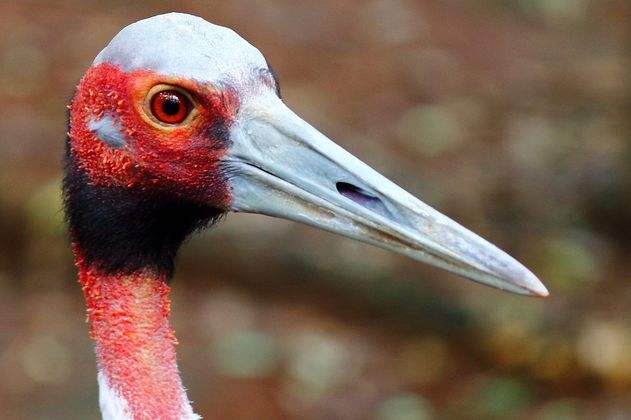
Sarus Crane is a large wading bird with three subspecies.Sarus Crane often moves alone or in pairs or family groups. In autumn and winter, it sometimes gathers in large groups of dozens or even hundreds of individuals. It is timid and alert. They mainly feed on fish, frogs, shrimps, lizards, grains...
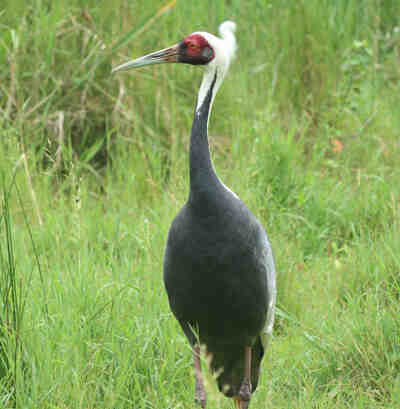
White-naped Crane is a large wading bird with no subspecies.White-naped Crane mainly feeds on plant seeds, grass roots, young leaves, young shoots, grains, fish, frogs, lizards, tadpoles, shrimps, mollusks and insects. When feeding, they mainly use their beaks to peck, or use their beaks to first op...
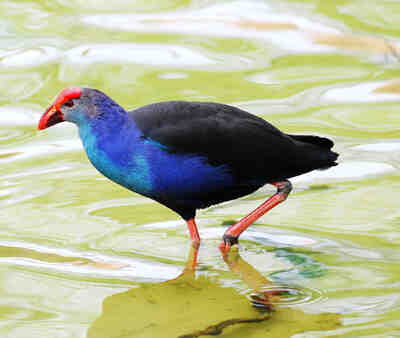
Purple moorhen is called pukeko in foreign language. It is a medium-sized wading bird with 13 subspecies.Purple moorhen often moves in pairs or family groups. It is docile and timid, mostly active in the early morning and dusk, hiding in the reeds during the day. It is noisy when active, making freq...
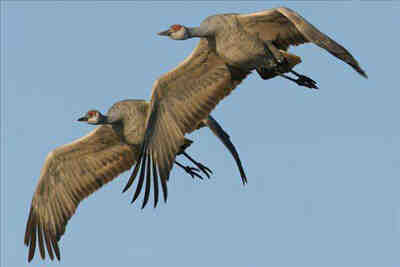
Sandhill Crane is a large wading bird with the largest number of cranes in the world. It is divided into 6 subspecies with a total of more than 800,000 individuals. However, there are about 120 individuals in the Mississippi species and less than 100 individuals in the Cuban subspecies. Both are end...

The Siberian Crane is a large wading bird. Although it is divided into three populations, namely the eastern, central and western populations, it is a monotypic species with no subspecies differentiation. Known as the "living fossil" of birds, there are less than 4,000 of them in the world...
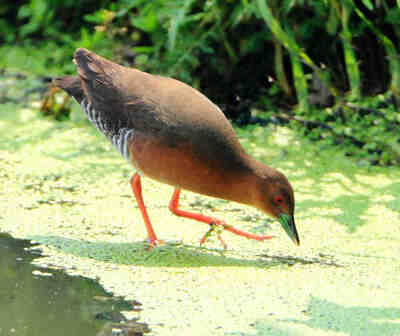
Band-bellied Crake, whose foreign name is Band-bellied Crake, is a small wading bird with no subspecies.Spotted frogs migrate to Northeast China to breed in mid-to-late April in spring, and migrate away from their breeding grounds in late September and early October in autumn.Spotted frogs often liv...
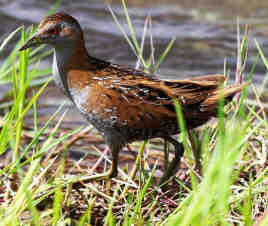
Little Crake is a small wading bird with no subspecies.The frog often moves alone or in family groups. It is good at swimming and diving. It often swims among the reeds and water grass in the pond. Sometimes it also moves outside the reeds or on the water surface far from the shore, especially in th...
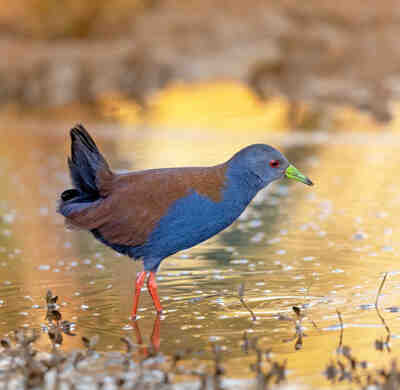
The brown-backed frog is called Black-tailed Crake in foreign language, and has no subspecies.The brown-backed frog is a resident bird. It likes to move in streams with vegetation on one side and open grassland on the other side. Its living habits are very similar to those of the red-footed bittern....
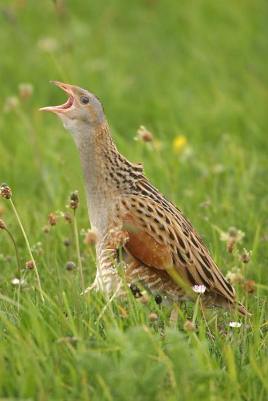
The foreign name of the long-legged rail is Corncrake, Corn Crake, which is a small wading bird with no subspecies.The long-legged rail is a summer migratory bird in China. It migrates to my country in late April in spring and migrates away in October in autumn. Good at hiding, hiding in the grass o...
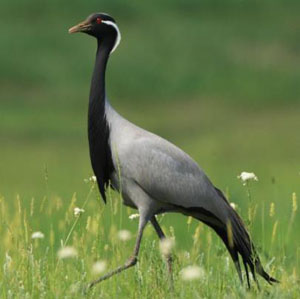
The Demoiselle Crane is the smallest crane. It is blue-gray in color, with black eyes, sides of the head, throat and front neck. There is a white ear tuft behind the eyes that is very eye-catching. The black feathers on the front neck are extended and hang on the chest. The feet are black, and the w...
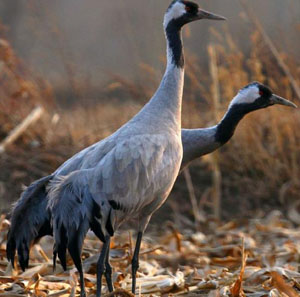
Grey cranes are large wading birds with obvious identification characteristics in the wild. They have very long necks and legs, and their feathers are mostly gray. The bare skin on the top of the head is bright red, and there are sparse black hair-like short feathers. There is a gray-white vertical...

The white-headed crane is a large wading bird with a long neck, beak, and legs. It is gentle, alert, and timid. It has a white gray coat and a snow-white neck. It migrates in spring from late March to late April and arrives at its breeding grounds in late April and early May. It migrates in autumn f...

Black-necked cranes are large flying wading birds. Except for the breeding season, they often move in pairs, individuals or family groups. In other seasons, they move in groups, especially in winter in wintering grounds, often forming large groups of dozens of individuals. During the wintering, they...
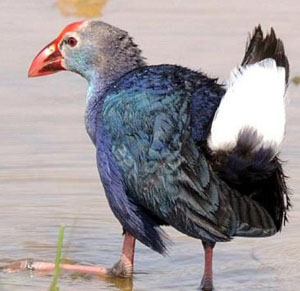
Purple moorhen is a bird of the family Raccoon of the order Gruiformes. It is purple in color and lives by the water all year round. It is of medium size, with a short tail and a very bright red crown on its head. It looks very similar to a domestic chicken, so it is named purple moorhen. However, t...